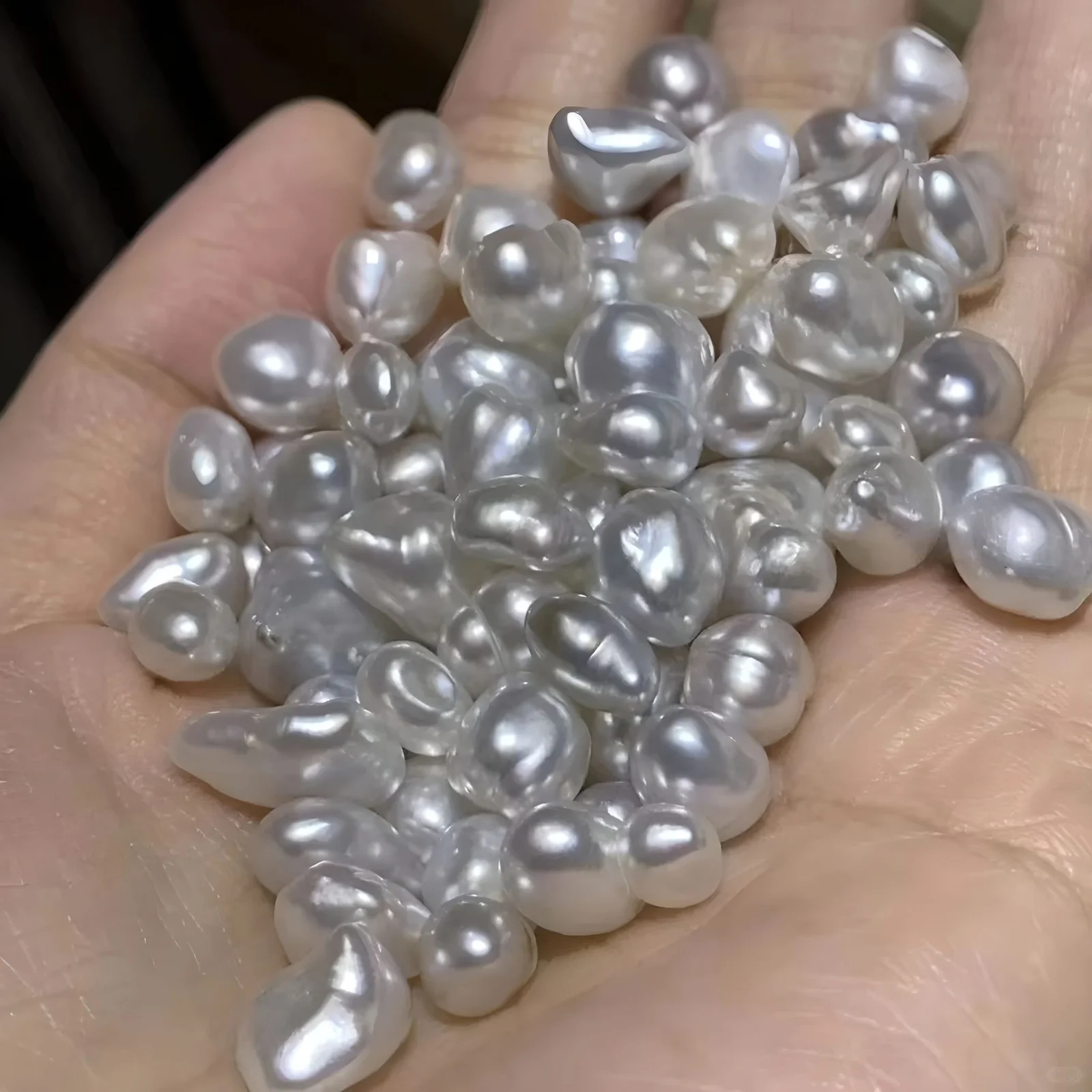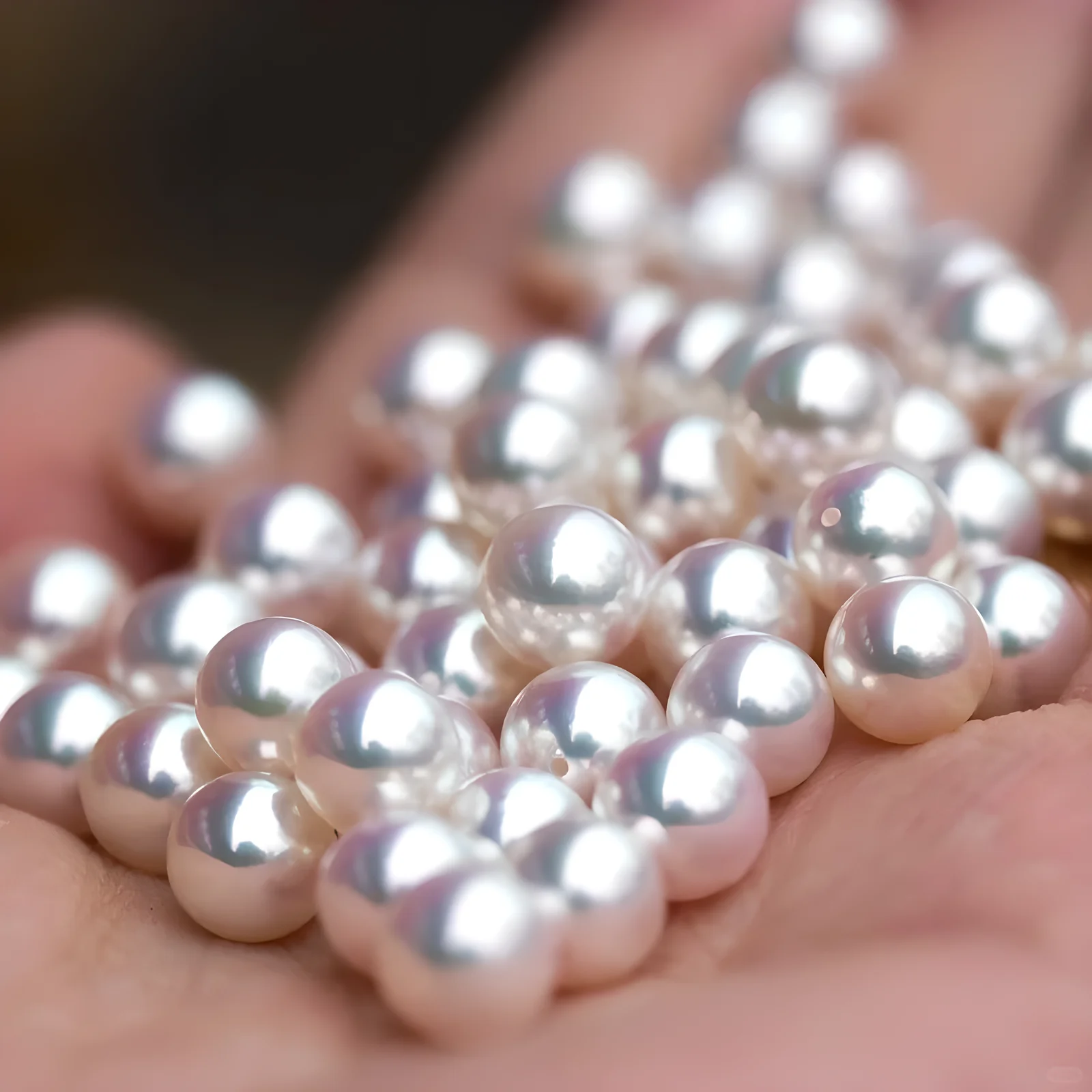Why Pearl is Not a Mineral? Discover the Natural Wonder

Unraveling the Mysteries of Pearls
Have you ever gazed at a lustrous pearl and wondered about its origins? Despite their gem-like appearance, pearls are not classified as minerals. But why is that the case? The allure of pearls, often seen in opulent strands adorning necks around the world, lies not just in their aesthetic value but also in their unique formation process. Let’s dive into the complex world of pearls to understand why they stand apart from minerals, yet still captivate jewelry enthusiasts and connoisseurs alike.
The Science Behind a Pearl’s Formation
While minerals crystallize through inorganic processes, pearls are born from a fascinating organic journey within mollusks. When an irritant finds its way into an oyster or mussel, the creature responds by secreting layers of nacre around it, forming a pearl. As Richard Wise, author of Secrets of the Gem Trade, explains, “Pearls are an accident of nature, a perfect symphony of biological processes” source . This organic origin is what fundamentally separates pearls from their mineral counterparts.

Defining Minerals vs. Organic Gems
What Makes a Mineral?
Minerals are naturally occurring, inorganic solids with a defined chemical composition and crystal structure. They originate from geological processes and are often composed of repeated patterns of atoms. Diamonds and sapphires, for example, are formed by these stringent criteria source.
The Organic Journey of Pearls
In contrast, pearls lack crystalline structure and are composed of nacre—an organic compound predominantly made of aragonite (a form of calcium carbonate) interspersed with proteins. This composite nature, as highlighted by gemologists, is key to understanding why pearls do not fit within the mineral category. The Gemological Institute of America (GIA) asserts that pearls’ formation through biological activity further emphasizes their organic classification. More insights can be found on their official website.

Pearls: A Luxurious Exception
It’s this breach from mineral norms that makes pearls enchantingly distinct. Their organic beauty is celebrated in designer collections and revered across cultures. When you wear a strand of pearls, you’re not just accessorizing; you’re becoming part of an ancient tradition that appreciates the marvels of nature’s artistry. The rarity and the natural elegance of pearls contribute to their status as a luxurious exception in the world of gemstones.
Conclusion: Pearls, A Testament to Nature’s Wonder
In summary, pearls might mimic minerals in their beauty and value, but their ethos is vastly different. Unlike stones born from geological transformation, pearls are the exquisite result of organic processes. As we unravel this mystique, the essence of pearls remains a testament to nature’s wonder—a harmonious blend of life and artistry available to adorn and inspire.
Whether you’re a jeweler offering these organic gems or a connoisseur adding to your collection, understanding the unique nature of pearls not only enhances their allure but also deepens their appreciation as nature’s singular jewels. Embrace the marvel of pearls, knowing they are more than just minerals—they are treasures from the heart of life itself.
